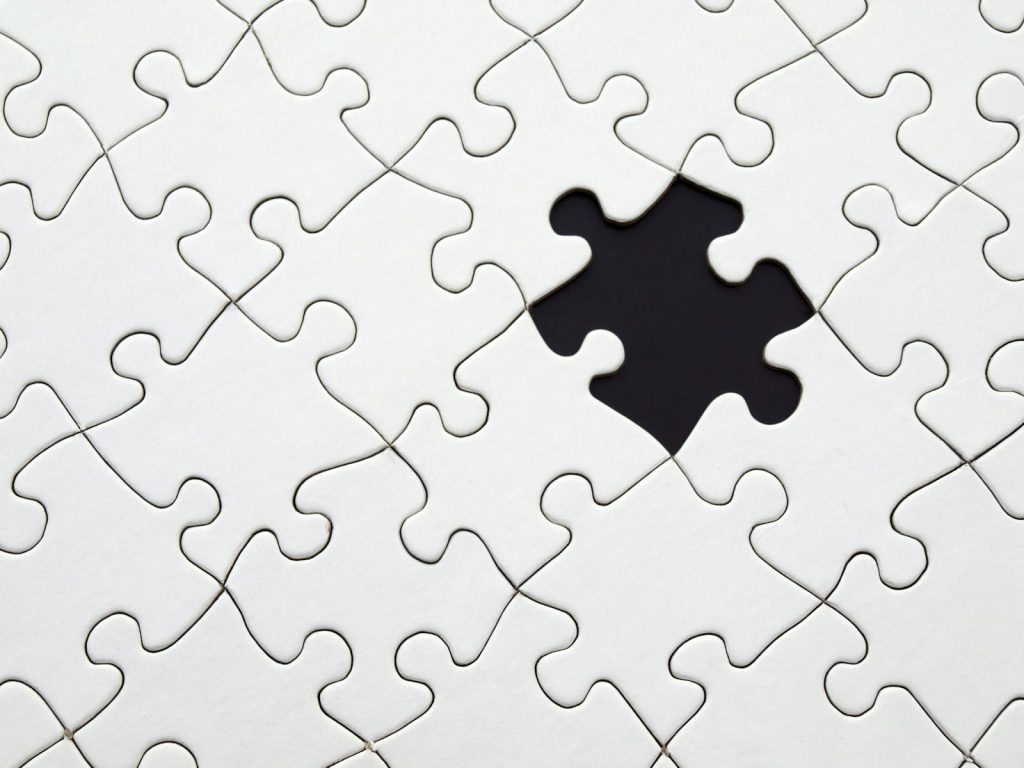Apply This Extremely Fluid Association Chains Method to Powerfully Memorize Information Coherently
The association chains method is a powerful memory technique that creates links between pieces of information to form a coherent chain.
In short, utilize the association chains method to powerfully memorize information coherently.
By connecting concepts in a sequence, it enhances recall and comprehension, making it especially useful for memorizing lists, processes, or narratives.
Table of Contents
What is the Association Chains Method?
Association chains involve forming mental links between related pieces of information.
Instead of treating each fact as an isolated point, this method creates a narrative or sequence that ties everything together.
The resulting chain of associations provides context and structure, which improves memory retention.
For example, to remember the words “apple,” “sun,” and “book,” you might visualize an apple sitting under the sun while someone reads a book nearby.
This visualization links the items into a single memorable story.
Why is the Association Chains Method Effective?
- Active Engagement: Creating associations involves active mental effort, which enhances memory.
- Storytelling Advantage: Humans naturally remember stories better than isolated facts.
- Improved Retrieval: The sequential nature of the chain provides cues for recalling subsequent items.
- Customizable: This method can be tailored to suit different subjects, learning styles, and contexts.
Steps to Use the Association Chains Method
Step 1: Identify the Information
Determine the list of items or concepts you need to remember. These could include vocabulary words, historical events, or procedural steps.
Step 2: Create Logical or Imaginary Connections
Link the items by forming associations between them. These associations can be logical (e.g., cause-and-effect relationships) or creative (e.g., visualizing interactions).
Logical Example: To remember the water cycle (evaporation, condensation, precipitation), visualize water evaporating into clouds, which condense and then fall as rain.
Creative Example: To remember “dog,” “car,” and “mountain,” imagine a dog driving a car up a mountain.
Step 3: Reinforce the Chain
Repeat the chain in your mind several times, focusing on the connections you’ve created. This repetition solidifies the associations in your memory.
Step 4: Test Recall
Try recalling the items in order without looking at the list. If you forget an item, revisit the chain and strengthen the connection.
Applications of the Association Chains Method
Memorizing Lists
Whether it’s a grocery list, a to-do list, or a set of vocabulary words, association chains make it easier to remember items in sequence.
Example: To remember “milk, bread, and eggs,” picture a loaf of bread swimming in milk while eggs rain from the sky.
Studying Historical Events
Association chains can help connect historical events chronologically or thematically.
Example: For the American Revolution, link key events: the Boston Tea Party spilling into the Declaration of Independence, leading to the Battle of Yorktown.
Understanding Processes
When studying a process or cycle, the sequential nature of association chains mirrors the flow of steps.
Example: To learn the digestive process, imagine food traveling from the mouth to the stomach, where it gets churned before nutrients are absorbed in the intestines.
Language Learning
This method is effective for linking foreign words to their meanings.
Example: To learn “gato” (Spanish for cat), visualize a cat sitting on a gate.
Tips for Effective Association Chains
Be Creative
The more vivid and imaginative your associations, the easier they will be to recall. Add humor, exaggeration, or unexpected twists to your mental images.
Use Visuals
If possible, draw out your associations. Visual aids can reinforce the chain and make it more tangible.
Make Connections Logical
For subjects like science or history, build logical connections between concepts to deepen understanding.
Combine with Other Methods
Pair association chains with complementary strategies, like the memory palace or digital flashcards, for enhanced results.

Benefits of the Association Chains Method
- Increases Engagement: Actively creating associations transforms passive memorization into an engaging activity.
- Boosts Long-Term Retention: The linked structure makes it easier to retain and recall information over time.
- Supports Creativity: This technique encourages imaginative thinking, making study sessions more enjoyable.
- Enhances Contextual Understanding: By connecting items, the method provides a broader context for learning.
Challenges and How to Overcome Them
Challenge: Complex Chains
Long chains can become confusing or difficult to remember.
Solution: Break them into smaller sub-chains and memorize each segment separately.
Challenge: Time-Intensive Setup
Creating associations may take time initially.
Solution: Focus on high-priority lists or concepts and practice frequently to streamline the process.
Challenge: Abstract Concepts
It can be challenging to create associations for abstract ideas.
Solution: Use metaphors or analogies to make abstract concepts more concrete.

Conclusion
The association chains method is a dynamic and adaptable study strategy that transforms lists and concepts into memorable sequences.
By linking items through vivid imagery or logical connections, learners can boost their recall, deepen understanding, and enjoy a more engaging study experience.
Whether you’re memorizing vocabulary, mastering historical events, or learning complex processes, this technique offers a creative and effective approach to studying.
With practice, association chains can become a cornerstone of your learning toolkit.
School Hacks
Subscribe
Fresh insights and exclusive perks delivered straight to your inbox. Sign up now!








